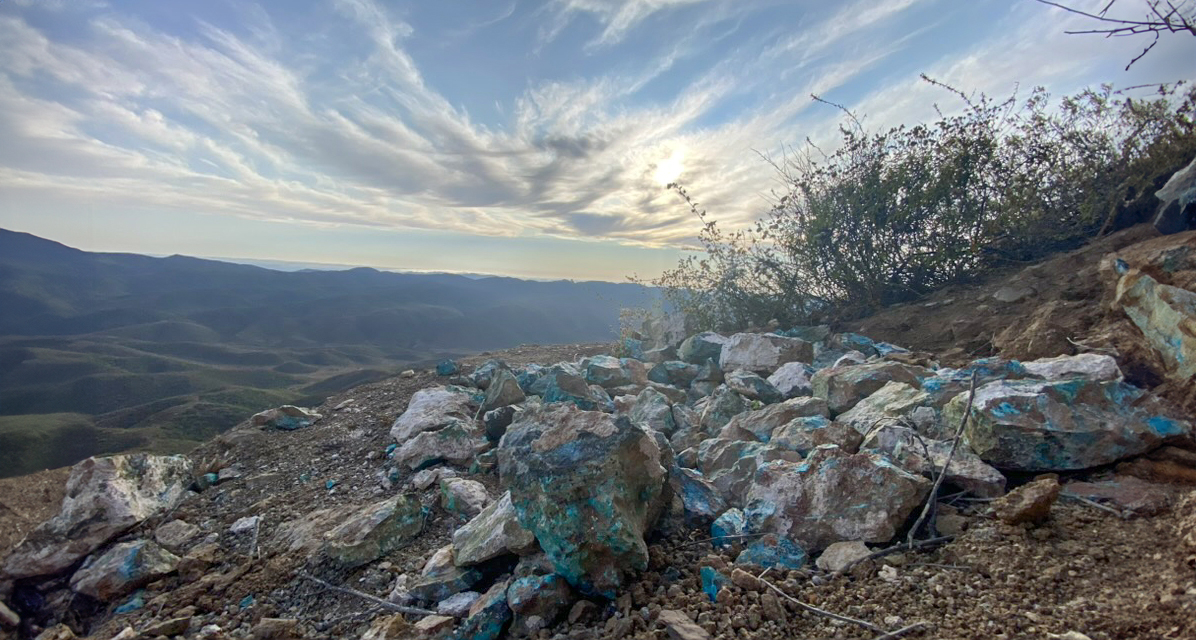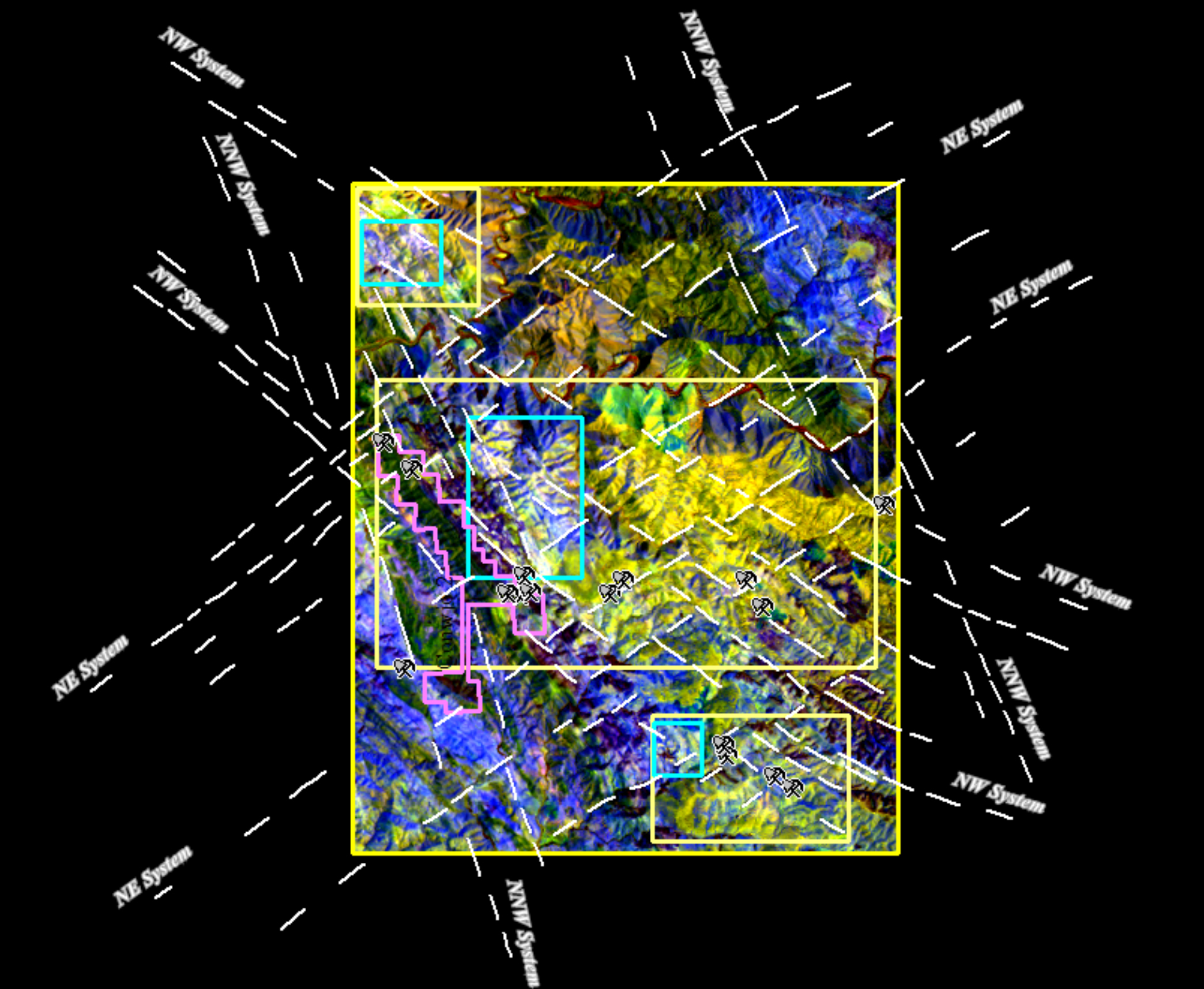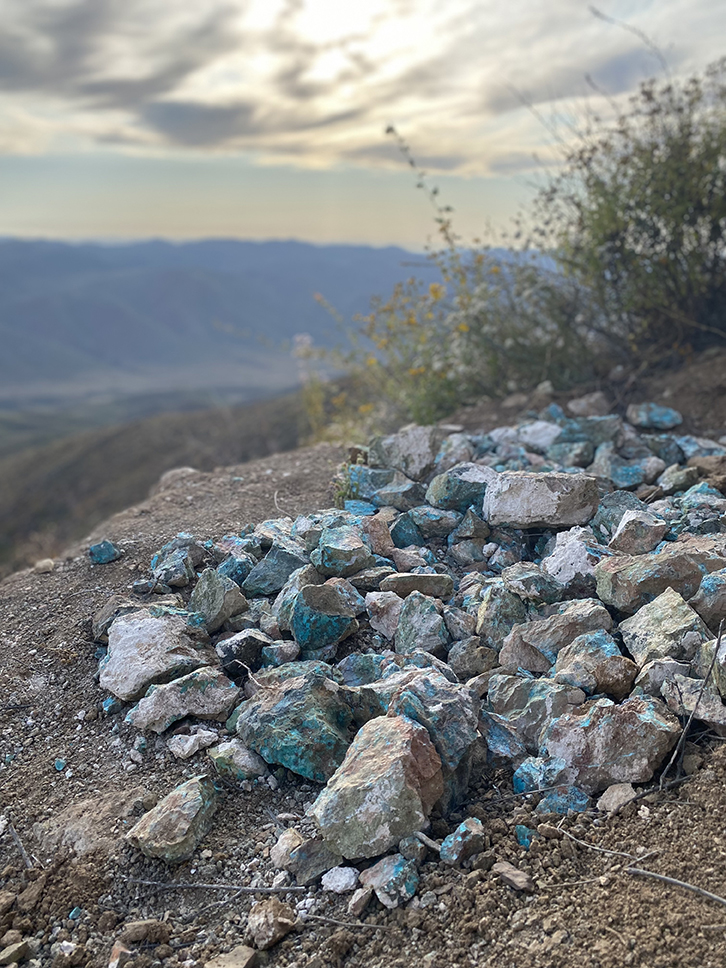
Source: “El Conejo” (The Rabbit) Copper Concession.
Projects
The mining history in Baja California dates back to the seventeenth century when Spanish explorers, led by Franciscan friars, arrived at the port of Loretto. The southern part of the peninsula, which is now known as the city of Loretto Baja California South, was the starting point of this expedition. The second settlement in Santa Rosalia Baja Southern California, a mining town known for its copper production by the French, is currently one of the regions with the highest copper production in Mexico, thanks to BAJA MINING. Although gold is often associated with Baja California, the state's potential for mineral resources is enormous. The deposits are mainly untouched, and the Spaniards' exploitation in the seventeenth century was only a small fraction of what the state had to offer. Baja California's wealth lies in its minerals, including Au, Ag, Cu, Ni, P, Pb, Co, Cr, W, Zn, Ti, and Va, as well as non-metallic resources.
Project Summary
The El Conejo Mining Project, also known as "The Rabbit," is focused on copper (Cu) mining in Baja California. Although the state is not typically associated with copper minerals, there are several areas in the northern part of the state and near the port of Ensenada with rich concentrations of copper ore. The project is located in Colonet, Baja California, on a 400-hectare mining concession. To reach the mine, one must travel south on the trans-peninsular highway from the city and port of Ensenada for 135 km until the town of The Heroes of Chapultepec. From there, a gap on the right side leads to the mine approximately 18 km away. The mining concession is a low hill located in front of the mountain of the Bramador. A stream with year-round water runs through the northern part of the mining lot, providing about 2 inches of water for the project. The neighboring areas are agricultural, with legume and strawberry production. The climate is pleasant year-round, with rains occurring in the winter, allowing for nine months of work without weather-related interruptions.
THE JOURNEY
The geological characteristics of the area show that the rabbit corresponds to metamorphic rocks, with rich mineralization in titanium (Ti) and vanadium (Va). The southern part of the concession has the richest area of copper carbonates, covering 40% of the total concession. In contrast, copper concentrations decrease towards the north, and other elements, such as silver and nickel, increase.

The main interest zones-targets are displayed as pale yellow color rectangles/squares, which includes local interest zones-targets displayed as cyan color that could have higher probability for Copper.
Project Potential
The project's potential is enormous, with the richest area of copper carbonates covering 40% of the 400-hectare mining lot. Considering that a hectare has 10,000 meters and a mineral density of 1.7 mt X m3, we can estimate that there are about 1,700,000 metric tons of copper ore per hectare at a depth of 100 meters.
Preliminary Geophysical studies indicate a potential of over 100M tonnes of mining resources at a 100 meters depth.
Our mission is to prove our potential resources to an average of 2%+ Cu per tonnage, which would equate to a potential of 15,300 metric tons of copper per hectare at a 70% recovery rate. According to mining experts, gold and silver reserves can be found up to 100 meters deep, while copper reserves can be as deep as 300 meters.
The above estimates are subject to additional drilling results.

